#wilderness
Photo
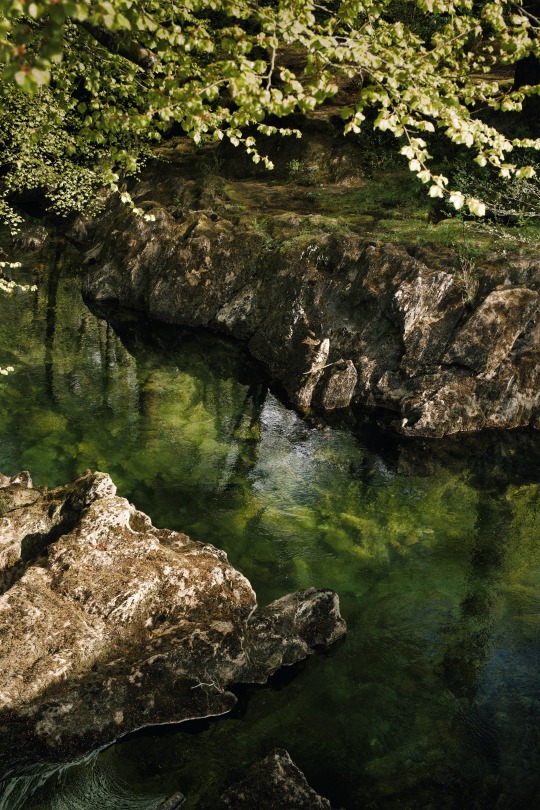
by Kyle Bonallo
#nature#landscape#lensblr#original photographers#photographers on tumblr#canon#scotland#photography#travel#vertical#wilderness#vintage
287 notes
·
View notes
Photo
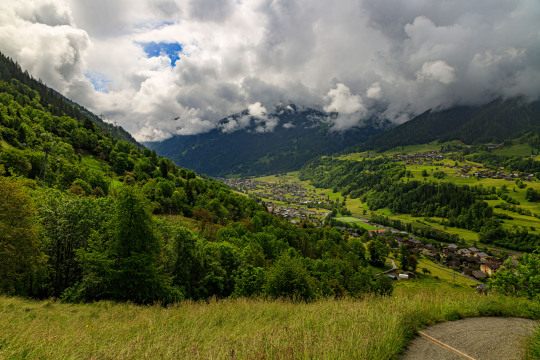
hiking up from the village - Alpine Haute Route, June 2021
photo by: nature-hiking
#village#alps#landscape#mountains#alpine village#valley#AHR#Alpine Haute Route#long distance trail#wilderness#hiking#trekking#nature#photography#original photography#photographers on tumblr#AHR 2021
234 notes
·
View notes
Text

#mikayla demaiter#wilderness#wild babe#log rider#amazing body#ultimate sex machine#blonde bombshell#magnificent rack#perfection#all flesh#nothing but boots#18+ only
196 notes
·
View notes
Text
#korean drama#cinematography#kik usernames#dp x dc#princess diana#film#digital arwork#wilderness#diaper faggot#antisepticeye#miracle watts
125 notes
·
View notes
Text
#law of assumption#MTV#marc jacobs#sports cars#tips#cocaine lorraine#korean drama#菊地姫奈#oc#dp x dc#chess#hairspray#film#yuri katsuki#wilderness
124 notes
·
View notes
Text
#菊地姫奈#directioners#chess#hairspray#film#jayne mansfield#digital arwork#yuri katsuki#sciblr#wilderness#emo
125 notes
·
View notes
Text
#lindsey wixson#chess#princess diana#hairspray#film#yuri katsuki#wilderness#puss in boots the last wish#antisepticeye#hard kink#dark skin#sans undertale#the society#sexy ebony#edward teach
124 notes
·
View notes
Photo


Whispers in the Wild 🌳꩜
35 notes
·
View notes
Text
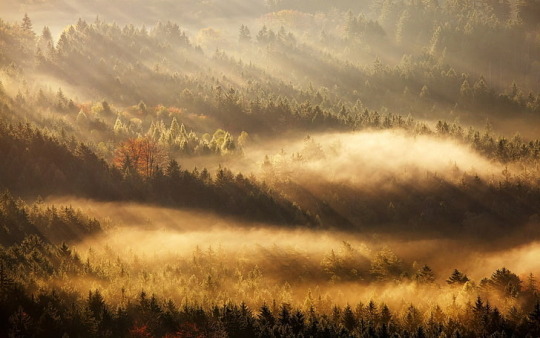

Mist-covered forests
#misty#foggy#foggy aesthetic#thick fog#landscape#haze#heavy mist#grunge#forestcore#grungy aesthetic#forests#travel#explore#wanderlust#wild nature#wilderness#adventure#weather
22 notes
·
View notes
Text
My kingdom 🌄☕!.
#Kingdom#Away#Nature#Wilderness#downfalldestiny#downfall#life#Mountains#Sunrise#magic destinations#magical world#حياة#magic moments#Heat#Alone#top of the world
40 notes
·
View notes
Text
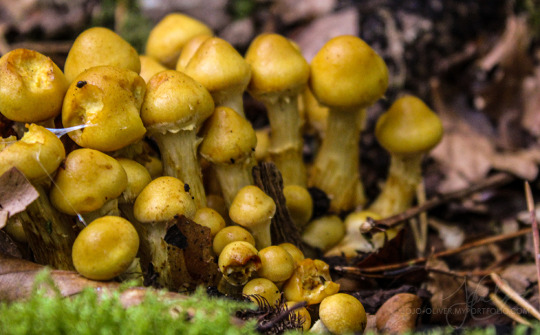
Rhineland-Palatinate, Germany
#jojoliverphotography#mushrooms#fungi#mycology#fungus#cottagecore#nature#forest#nature photography#europe#germany#photography#photographers on tumblr#lensblr#wilderness#adventure#foraging#my photography
21 notes
·
View notes
Photo

Pitlochry by Kyle Bonallo (ig: @kylebonallo)
#nature#landscape#lensblr#fall#original photographers#autumn#photographers on tumblr#canon#scotland#photography#travel#vertical#wilderness#vintage#pitlochry#popular
10K notes
·
View notes
Photo
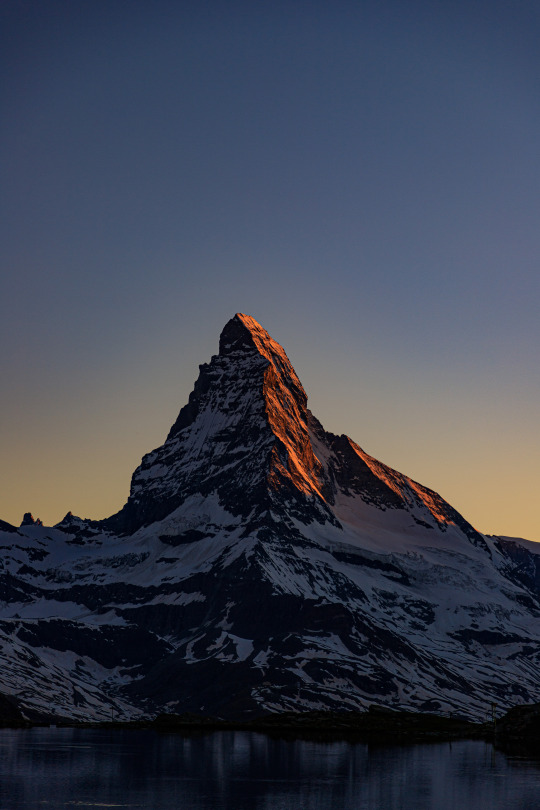
Last light on the Matterhorn - Alpine Haute Route, June 2021
photo by: nature-hiking
#sunset#last light#golden hour#matterhorn#zermatt#landscape#AHR#Alpine Haute Route#alps#long distance trail#wilderness#hiking#trekking#nature#photography#original photography#photographers on tumblr#AHR 2021
9K notes
·
View notes
Text

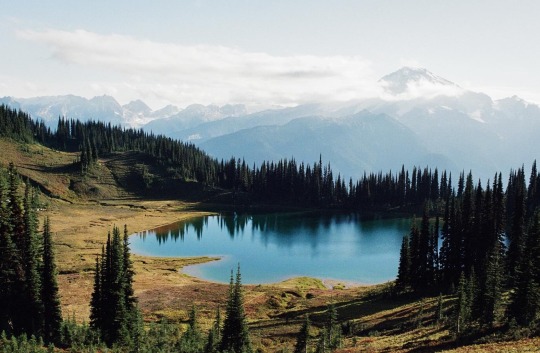


Glacier Peak Wilderness
filmoutside
4K notes
·
View notes
Text
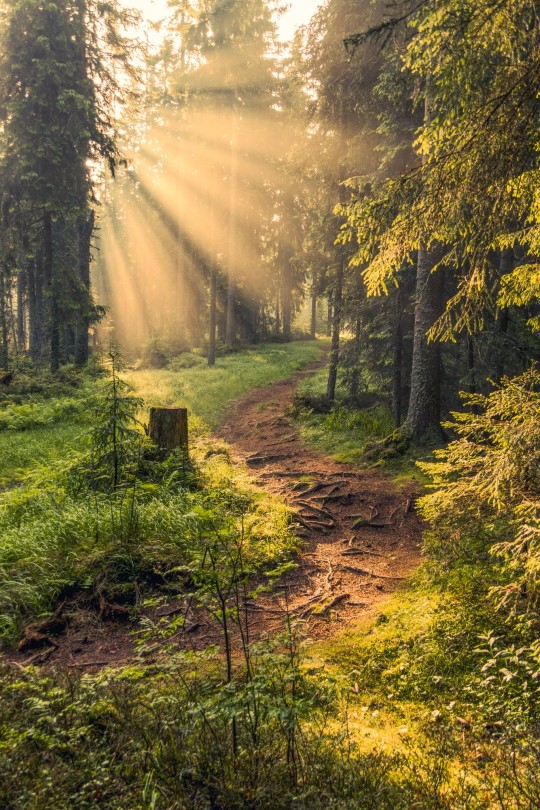
#photography#wanderlust#landscape#nature#forest#foggy nature#foggy aesthetic#foggyweather#foggy day#wilderness#artists on tumblr#tumblr photo blog
9K notes
·
View notes
Text
“I loathe that word ‘pristine.’ There have been no pristine systems on this planet for thousands of years,” says Kawika Winter, an Indigenous biocultural ecologist at the University of Hawaiʻi at Mānoa. “Humans and nature can co-exist, and both can thrive.”
For example, in the Proceedings of the National Academy of Sciences (PNAS) in April, a team of researchers from over a dozen institutions reported that humans have been reshaping at least three-quarters of the planet’s land for as long as 12,000 years. In fact, they found, many landscapes with high biodiversity considered to be “wild” today are more strongly linked to past human land use than to contemporary practices that emphasize leaving land untouched. This insight contradicts the idea that humans can only have a neutral or negative effect on the landscape.
Anthropologists and other scholars have critiqued the idea of pristine wilderness for over half a century. Today new findings are driving a second wave of research into how humans have shaped the planet, propelled by increasingly powerful scientific techniques, as well as the compounding crises of climate change and biodiversity loss. The conclusions have added to ongoing debates in the conservation world—though not without controversy. In particular, many discussions hinge on whether Indigenous and preindustrial approaches to the natural world could contribute to a more sustainable future, if applied more widely.
3K notes
·
View notes